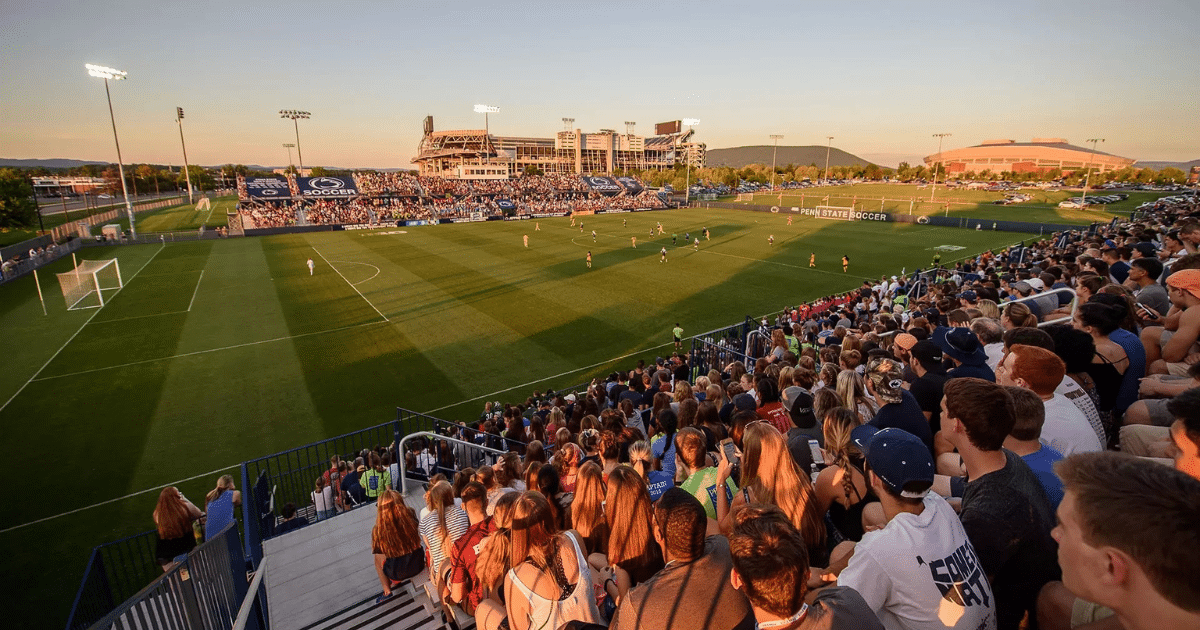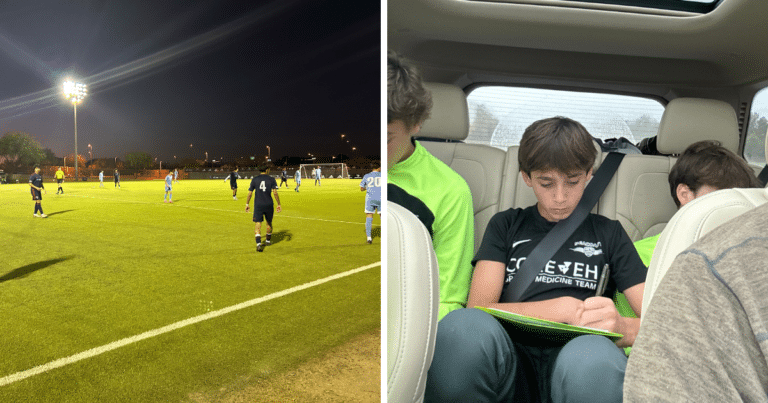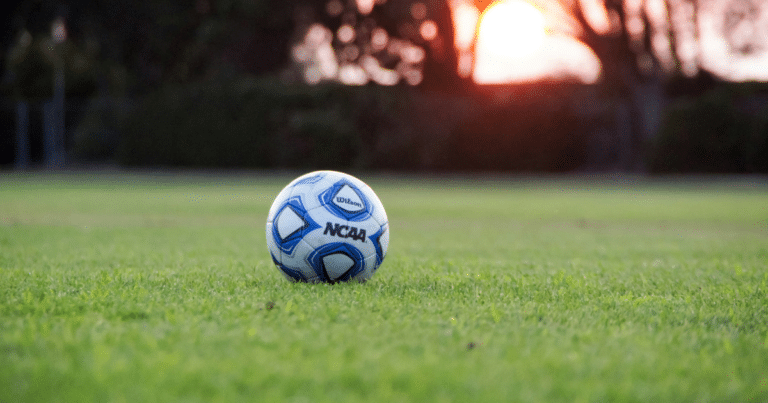How Many Players Go On to Play College Soccer?

Ever wondered how hard it really is to play college soccer? The dream of playing at the next level is one that many high school and club players chase, but only a small percentage actually make it.
The competition is tough, and the numbers don’t lie. Let’s break down the stats to see just how many players transition from high school soccer to college teams—and what it takes to get there.
High School to College Soccer Transition
According to data from the National Federation of State High School Associations (NFHS) and the NCAA, here’s an overview of the percentage of players who advance to the college level:
- High School Soccer Participation (2023-24):
- Boys: 853,000 players
- Girls: 742,000 players
- Percentage of High School Players Who Play in College (All Levels):
- Boys: 5.6% play at any level (NCAA, NAIA, NJCAA)
- Girls: 7.2% play at any level
- Percentage Who Play at the NCAA Level:
- Boys: 3.1% (Divisions I, II, III combined)
- Girls: 4.1%
Very small percentage, right? Now, let’s break it down even further by division.
College Soccer by Division
There are multiple levels of college soccer, each with different competition levels and scholarship opportunities:
- NCAA Division I (Top level, full and partial scholarships available)
- Men: 205 teams (2% of high school players)
- Women: 335 teams (2.4% of high school players)
- NCAA Division II (Highly competitive, scholarships available but fewer full rides)
- Men: 212 teams (1.4% of high school players)
- Women: 265 teams (1.7% of high school players)
- NCAA Division III (Competitive but no athletic scholarships)
- Men: 415 teams (2.5% of high school players)
- Women: 440 teams (3.0% of high school players)
- NAIA (National Association of Intercollegiate Athletics)
- Men: 188 teams (1.3% of high school players)
- Women: 195 teams (1.5% of high school players)
- NJCAA (National Junior College Athletic Association)
- Men: 217 teams (1.2% of high school players)
- Women: 185 teams (1.3% of high school players)
Likelihood of Playing Beyond College
For those aspiring to play professionally, the odds become even slimmer:
- NCAA to Professional Soccer:
- Less than 1.5% of NCAA men’s soccer players are drafted into Major League Soccer (MLS).
- About 1% of NCAA women’s soccer players go on to play in the National Women’s Soccer League (NWSL) or other pro leagues.
To Summarize:
Final Thoughts
Let’s be real – these numbers might look tough, but thousands of players still make it to college soccer every year.
While D1 spots are super competitive, there are plenty of other great opportunities through D2, D3, NAIA, and junior colleges.
The key? Start early, work EXTREMELY hard, keep those grades up, attend showcases & ID camps, and be strategic about where you apply.
Whether you’re aiming for the top programs or exploring other options, focus on finding a school that’s the right fit both on and off the field.
The path to college soccer isn’t easy, but if you know what you’re up against and put in the work, you’ve got a shot at making it happen.

Written By: SoccerNovo
SoccerNovo is an independent youth soccer media brand built to help parents, players, and coaches better understand the game and the pathways available in U.S. soccer. Our mission is to make youth soccer simpler, clearer, and more accessible for everyone involved in it.
Let’s connect






